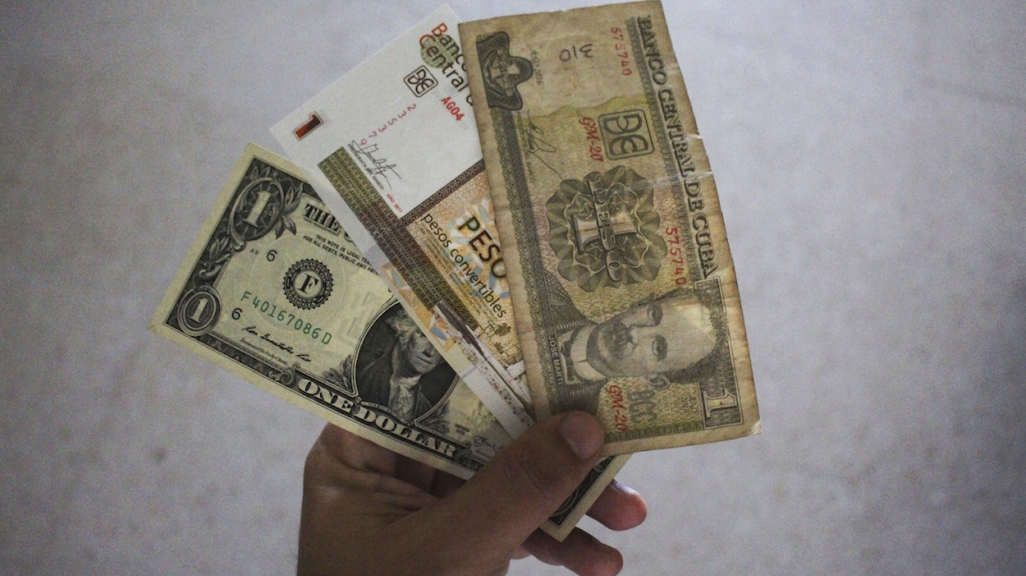Q&A: Economist Ricardo Torres on Cuba's Monetary Unification
Q&A: Economist Ricardo Torres on Cuba's Monetary Unification
“This is a necessary step and, unfortunately, we are now doing this in the worst possible situation,” said the Cuban economist on the January 1 currency shift.
The new year brought with it a long-awaited change in Cuba: monetary unification for the island’s ailing economy. Before January 1, dubbed Día Zero (“Day Zero”), three currencies circulated: the Cuban peso (CUP), the convertible peso (CUC), and the U.S. dollar (USD). Now there will be no convertible pesos, which Cubans have six months to exchange, and there will be a single CUP-to-USD exchange rate across all sectors.
The change is one economists have long advocated as being necessary to kickstart reform of the stagnant, centrally planned economy that saw an average GDP growth rate of 2.3 percent since 2010. But in the midst of a pandemic and estimated 8 percent contraction in 2020, the adjustment comes “in the worst possible situation,” Cuban economist Ricardo Torres told AS/COA Online’s Elizabeth Gonzalez.
Torres, a professor of economics with the Center for the Study of the Cuban Economy at the University of Havana, spoke with AS/COA Online’s Elizabeth Gonzalez on January 5 and explained what the currency unification means in practical terms, the government’s goals in taking this step, and the structural reforms still needed to make those goals reality.
Hablamos con emprendedores sobre el impacto de las medidas que han tomado los gobiernos de los Estados Unidos y de Cuba.











